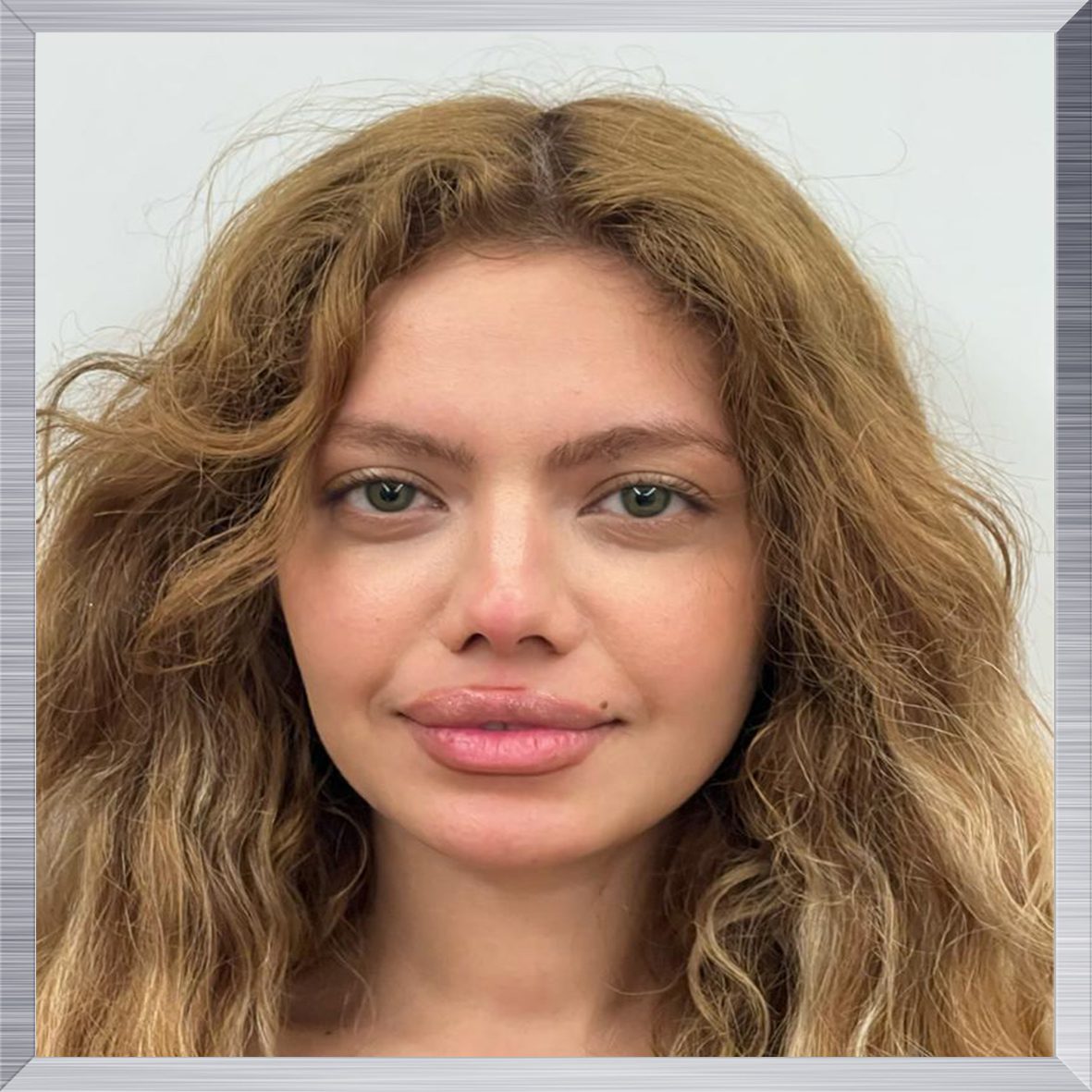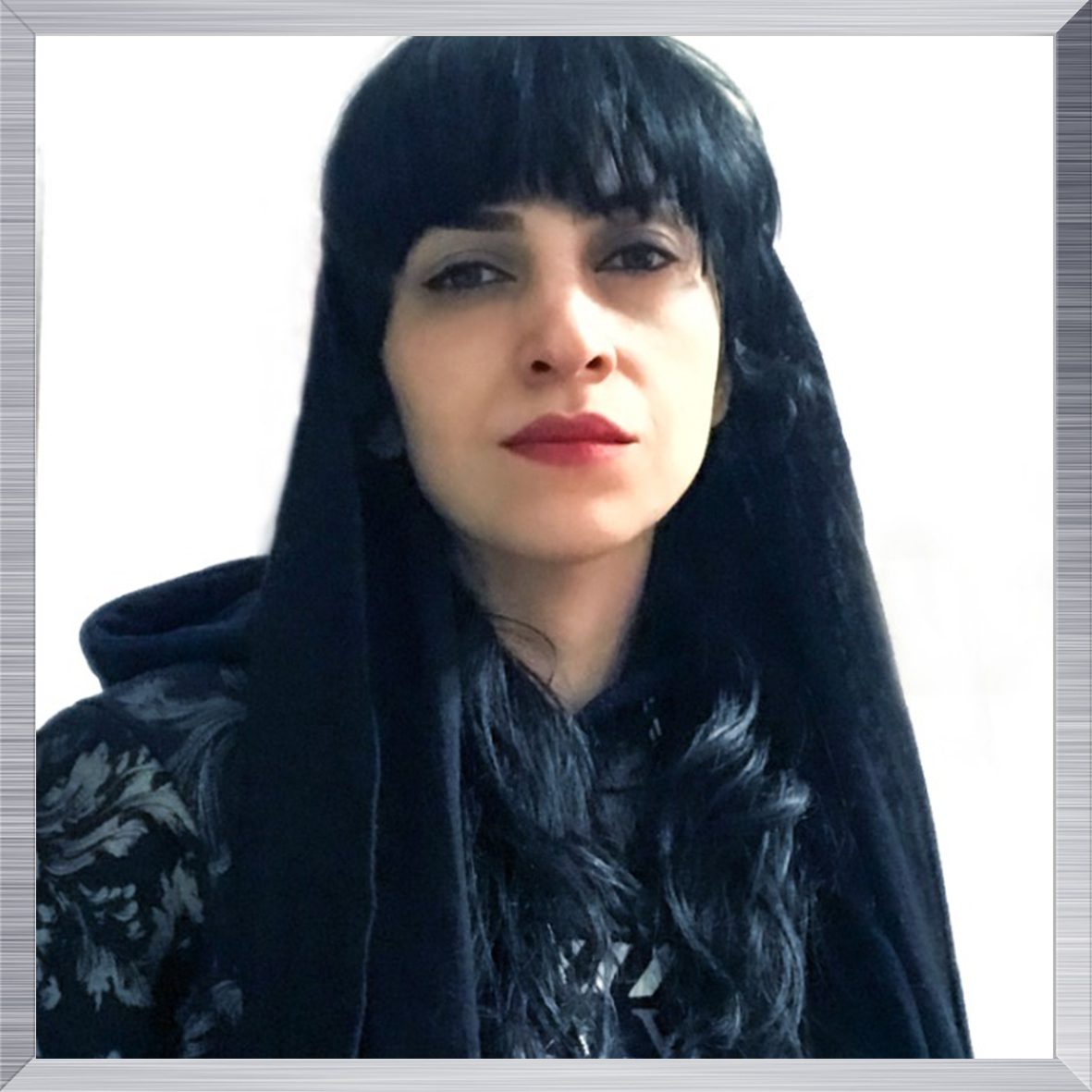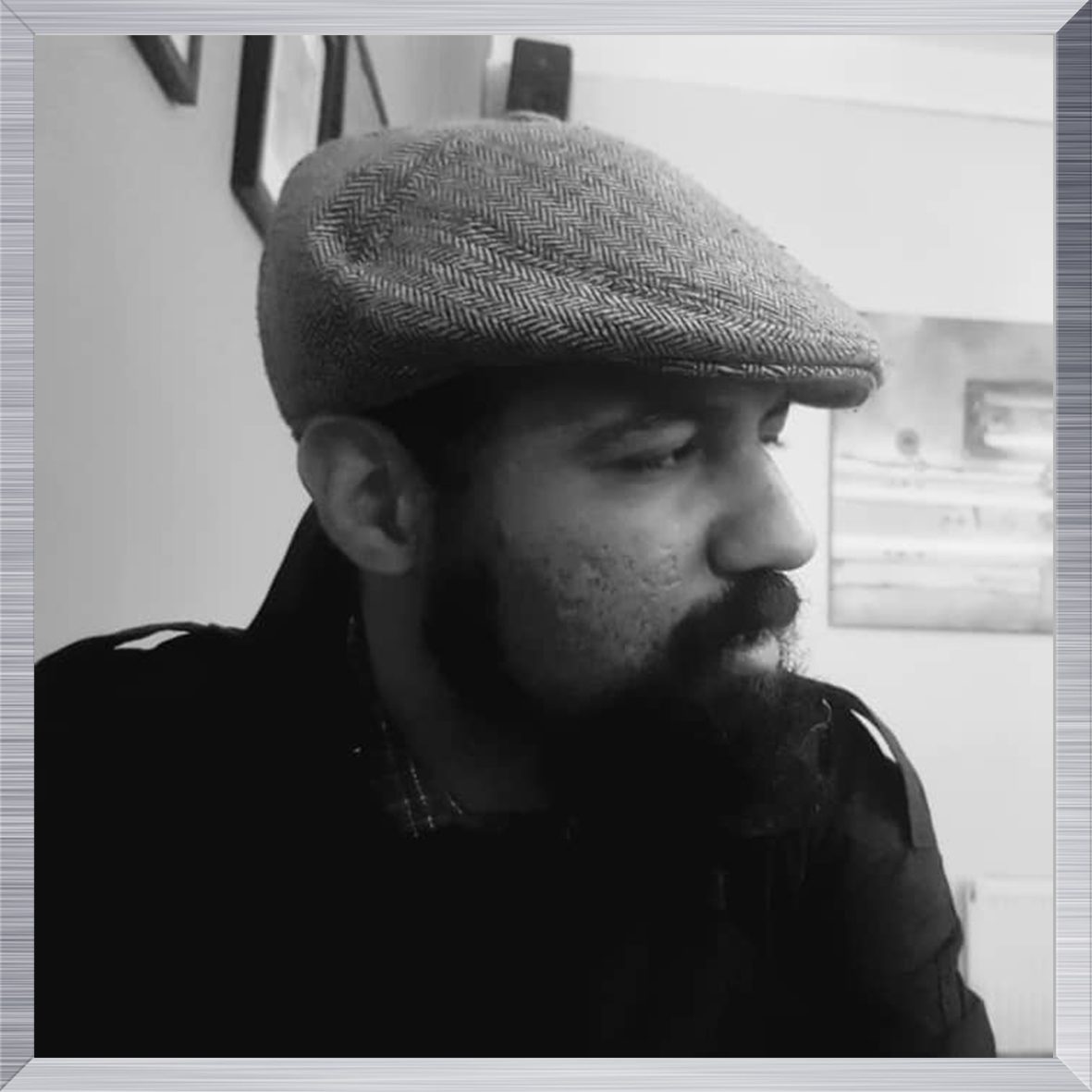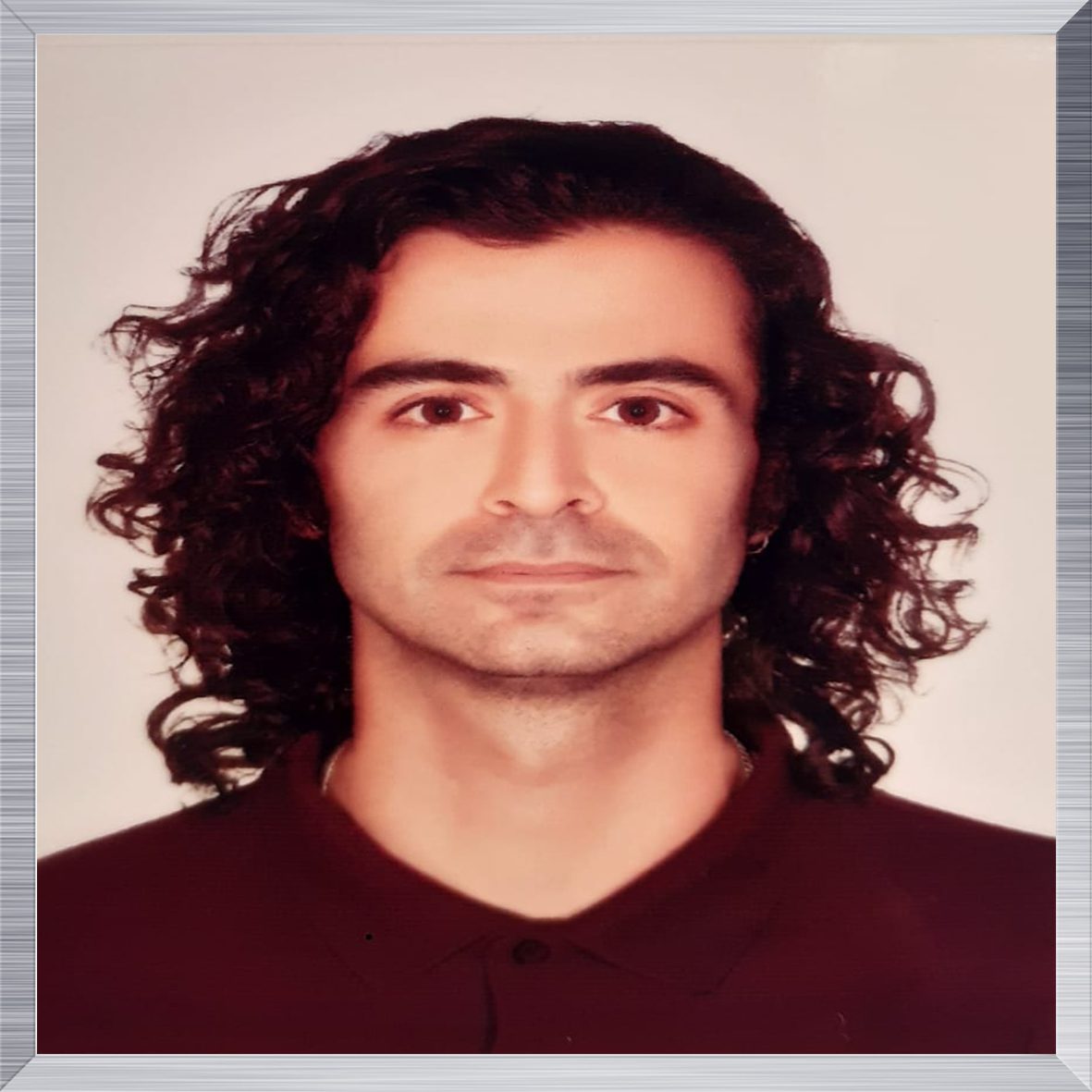It’s our pleasure to host Mr. Dariush Nehdaran, the Nikon photo contest prize winner in 2015. Would you mind presenting yourself and explain how and when you stepped into the photography world?
Although I was suffering from poor eyesight in childhood, I made my mind to avoid wearing glasses. The blurry and ambiguity of my childhood world continued into teenagehood. Using my grandfather’s camera, a powerful leading element to guide me toward photography, suddenly make my world clear and vivid.
When I was in sophomore year, one of my instructors named Alireza Shahbazi, asked us to take 36 photographs with an analog camera to evaluate the class’s level. After investigating my photographs, he advised me to print the photographs and participate in contests to win the top-ranked positions due to notable abilities. I became a reference to answer my classmates’ questions. The support and encouragement offered by him promote my abilities. He advised me to continue painting as he believed my skills were owed to being a painter and photographer simultaneously. Let’s admit that year 2004 was a critical time in my photography world.
Do you follow a unique style? Does it change over time?
I believe that fine art is my photography style to convey meanings.
Which one of your works is more appealing to you?
I prefer Shadow’s life collection because upside-down seeing was fascinating for me as a gymnastic lover child. Handstand position is my favorite style which provides multidimensional views. By rotating my images, I try to give them an infinite meaning and reevaluate the relationship between right and wrong, up and down, back and forth at the moment of this conversation. Like Hafez, allow each interpreter to have their understanding of the subject.
Does an artist’s mental and living atmosphere affect the artwork, considering that you live in America?
I believe that artwork is under the influence of the artist’s mental and living atmosphere. This inevitable process brings a profound impression, and I’m not an exception. The creation of the Tenderloin Shadows collection, which illustrates the homeless of America, displays the impression of living in a new country.
Are audiences free to interpret an artwork?
Audiences play a critical role in my artwork. As Molavi says, ” everyone became my friend from his opinion” I attempt to offer multilayer works to allow audiences to interpret as they wish.







